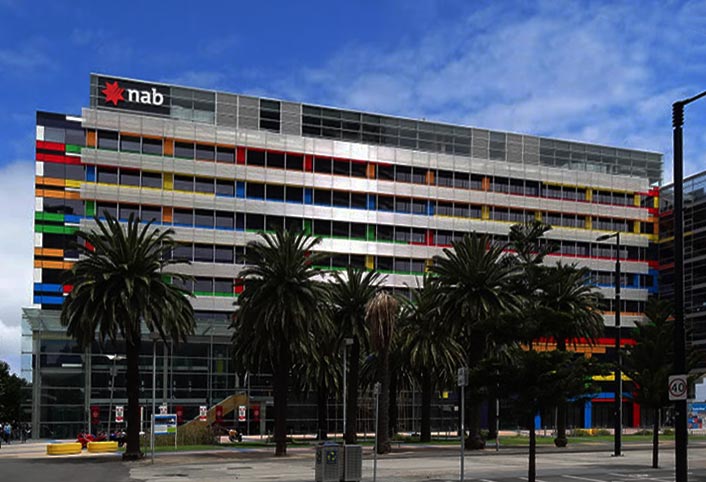NAB chief executive Andrew Thorburn told a parliamentary committee on Friday (20 October) that if the bank wanted to maximise profits, it would not have reduced principal and interest rates by 8 basis points for 500,000 customers.
“We are trying to do a whole lot of very delicate things in a very dynamic market,” Mr Thorburn said.
“APRA required 30 per cent. We then have to make a judgement of what the number should be to get to that. That’s an estimate we make in very fast-moving competitive, dynamic environment.
“There is no base number to work off. You have to estimate what you think it takes with the price to reduce your demand in a market where there are dozens of players doing the same thing.”
Committee chair David Coleman MP was eager to find a correlation between NAB’s 35 basis point hike on all interest-only loans and APRA’s direction for banks to cap new interest-only lending at 30 per cent.
Mr Coleman questioned whether the Australian Competition and Consumer Commission (ACCC), which is currently investigating banks’ mortgage pricing decisions, will find the cost of the change as materially less than what NAB charged its customers.
“I don’t think we will ever know,” Mr Thorburn said. “The ACCC [has] all the documents. There is no formula that tells you what the number should be.”
Also appearing in Canberra on Friday was NAB’s chief operating officer, Antony Cahill, who confirmed that the major bank has reduced its interest-only portfolio from 41 per cent to 37.7 per cent of the total book.
He explained that price was just one of the many levers the bank pulled to meet regulatory requirements and lend responsibly. Others include LVR caps, ceasing lending to non-resident borrowers and introducing an LTI ratio.
Mr Cahill also highlighted that the lender introduced “highly competitive fixed rates” that have driven a surge in volumes.
“Our fixed rate lending has more than doubled in the last three months,” the NAB COO said. “We have gone from $500 million to $1.3 billion of customers with fixed rates.”

